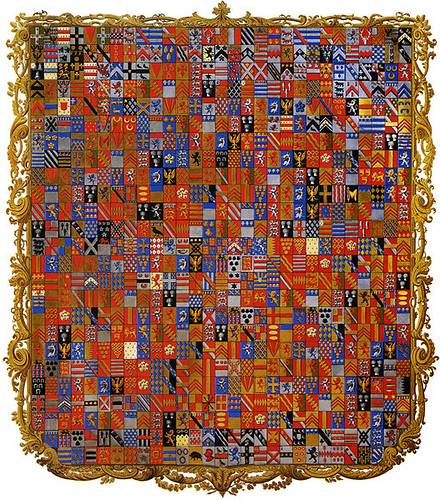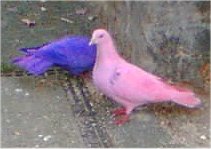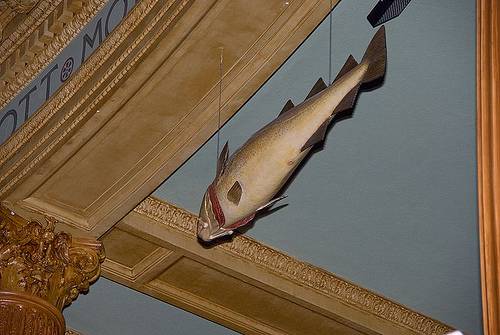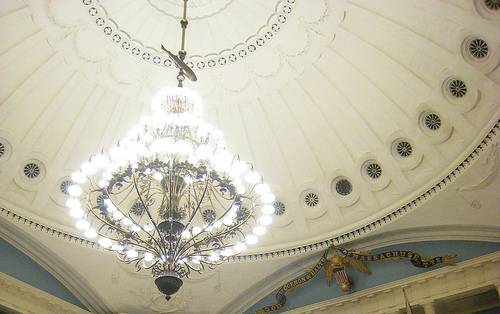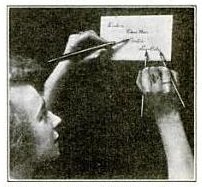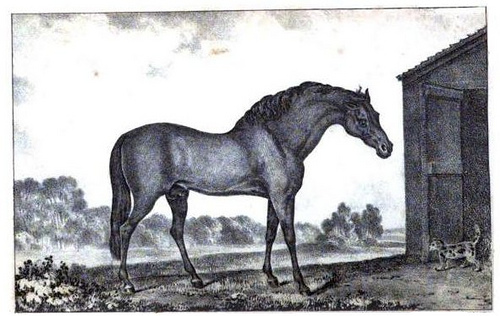According to legend, pearl-hunting Spaniards sailed up the Gulf of California in 1610 and became grounded in a vanishing inland sea, leaving a ship full of treasure in the California desert. Reports are curiously specific:
- In January 1870 an Albert S. Evans told the New York Galaxy that, looking south in 1863 from the summit of the divide between Dos Palmas and the Palma Seca, he’d seen “what appeared in the distance the wreck of a gallant ship.”
- The Sacramento Union, Oct. 6, 1870, reported that a party of four had left San Bernardino to visit the ship. “The bow and stern are plainly visible, and she is 240 miles from the Gulf of California.” The party returned six days later and set out again in November; no further details are recorded.
- In a 1933 book, The Journey of the Flame, Antonio de Fierro Blanco tells of a young mule driver named Tiburcio Manquerna who stumbled across a lost galleon and saw a vast cargo of pearls in its hold. He was later unable to relocate it.
- In January 1939, Desert magazine quoted a Perta Socia Tucker who said that her first husband knew of the ship’s location, “a narrow box canyon with high sheer walls, and a sandy bottom; and partially buried there, a boat of ancient appearance — an open boat but big, with round metal disks on its sides.”
In 1949 the Los Angeles Times reported that three UCLA students set out with 1910 Imperial Irrigation District maps and a story from a Cahuilla Indian who said he’d seen a “serpent-necked” canoe near the Salton Sea in 1917. The Times doesn’t report the result — but if you found a fortune in pearls, you wouldn’t tell a newspaper, would you?

